The Ghostly Remains Of Abandoned Cold War Military Sites
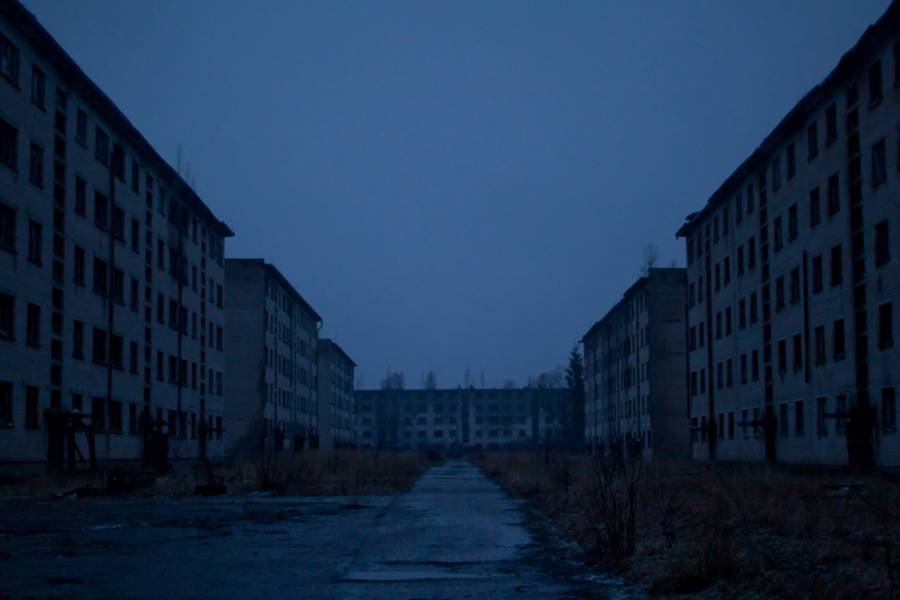
Matt Slaby/Luceo via Washington PostKhrushchyovka apartments in the abandoned secret Soviet city of Skrunda-1 at twilight. Skrunda-1 served as the home for thousands of soldiers who worked on the Soviets’ outward-facing radar, charged with watching for incoming U.S. missiles. It was operational for 35 years.
By the mid-1980s peak of the Cold War arms race, the United States and the Soviet Union possessed a combined 70,000 nuclear warheads, which was, as photographer Matt Slaby writes in The Washington Post, “a number sufficient to put 357 warheads, each with yields far exceeding that of the Hiroshima bomb, onto every capital city of every country on the entire globe.”
All those warheads meant countless storage facilities, launch sites, radar stations and the like. Today, many of those places now sit abandoned and decaying — and that’s largely why Slaby finds them so fascinating to photograph.
“The simple fact that these sites have fallen so far off the map is, in my opinion, not a matter of human progress but, rather, willful ignorance of our own folly,” Slaby writes. “In the seven decades during which we have possessed nuclear weapons, we have never once had a moment where we were satisfied with the destructive powers at our fingertips. Our pursuits have been only to perfect the quality of the Armageddon we aimed to create.”
See more at The Washington Post.
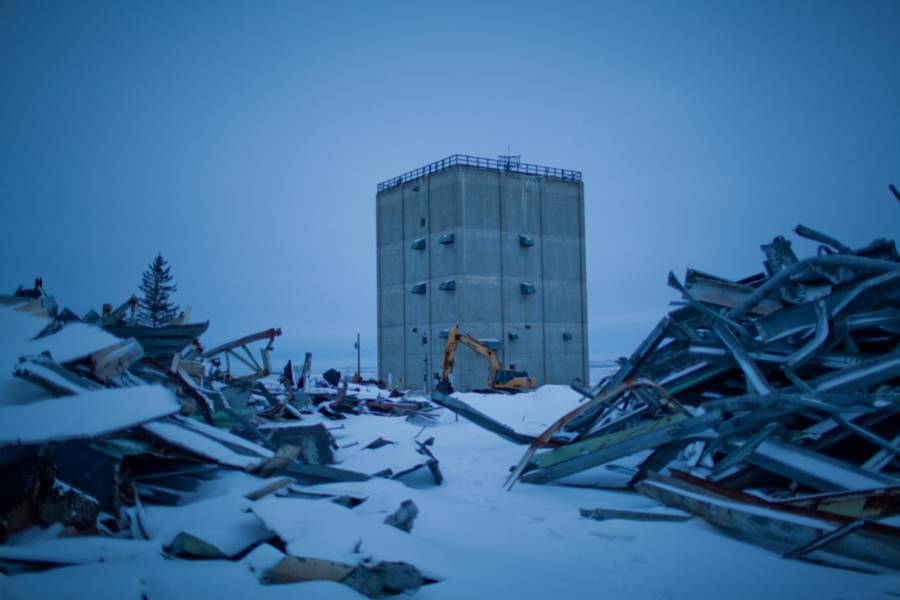
Matt Slaby/Luceo via Washington PostA radar facility mid-demolition on the Canadian border in northwestern North Dakota. The radar site was once a regional hub of the Pinetree Line, the southernmost line of early warning radar stations charged with watching for a Soviet air attack coming over the north pole.
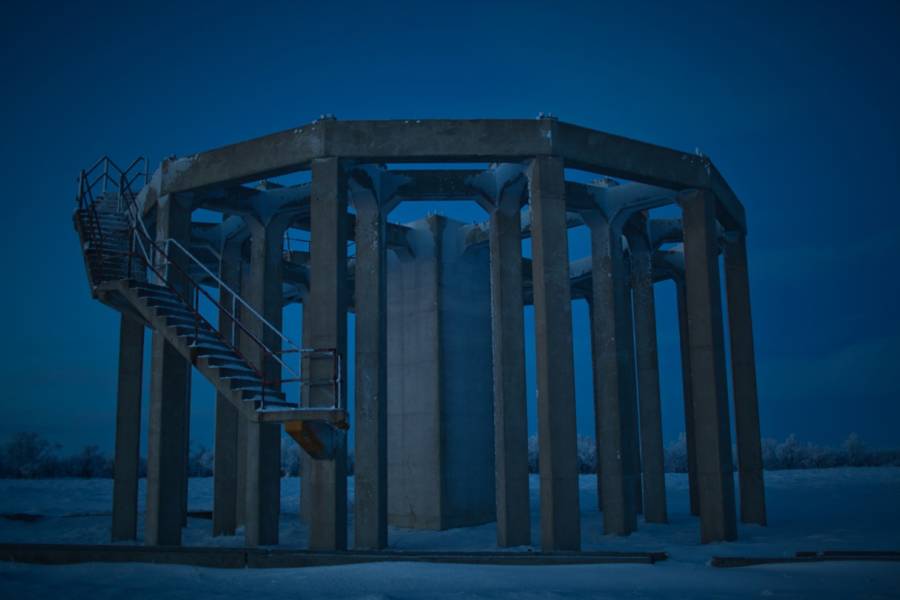
Matt Slaby/Luceo via Washington PostFootings for a long-ago removed radome stand near the Canadian border in northeastern Montana. This site was once part of the Pinetree Line, one of three lines of radar intended to detect Soviet bombers flying over the north pole.
Vintage Images Of The Brutal Sicilian Mafia
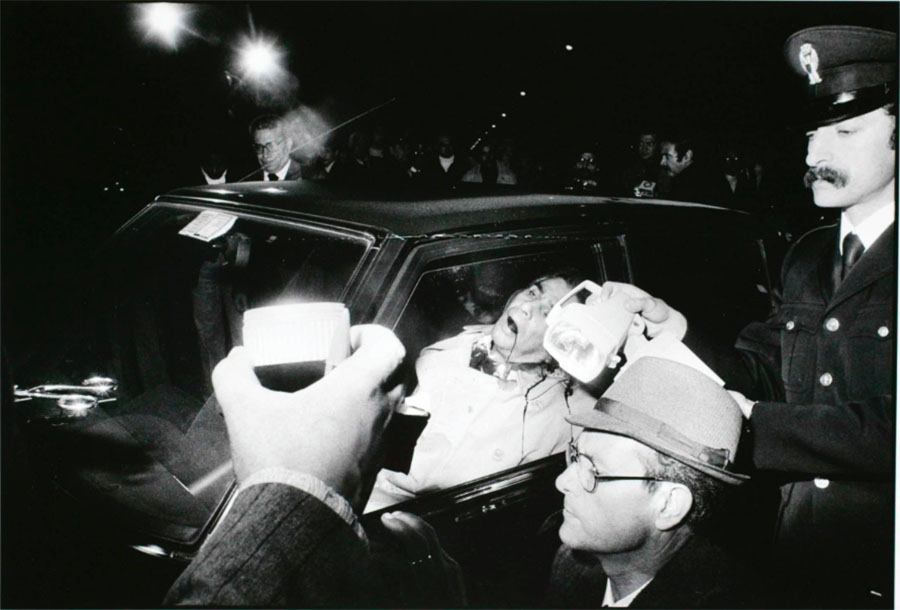
Letizia BattagliaMichele Reina, Secretary of the Sicilian Christian Democratic Party, killed by the Mafia, 1979.
Letizia Battaglia has spent the last few decades photographing the Sicilian mafia — and seeing firsthand just how dangerous its members are.
“Americans love ‘The Sopranos,’” the Sicilian photographer told CNN. “They don’t believe the Mafia is like (they see on TV), but the Mafia is dangerous like ISIS.”
See the danger up close in these intense photos.
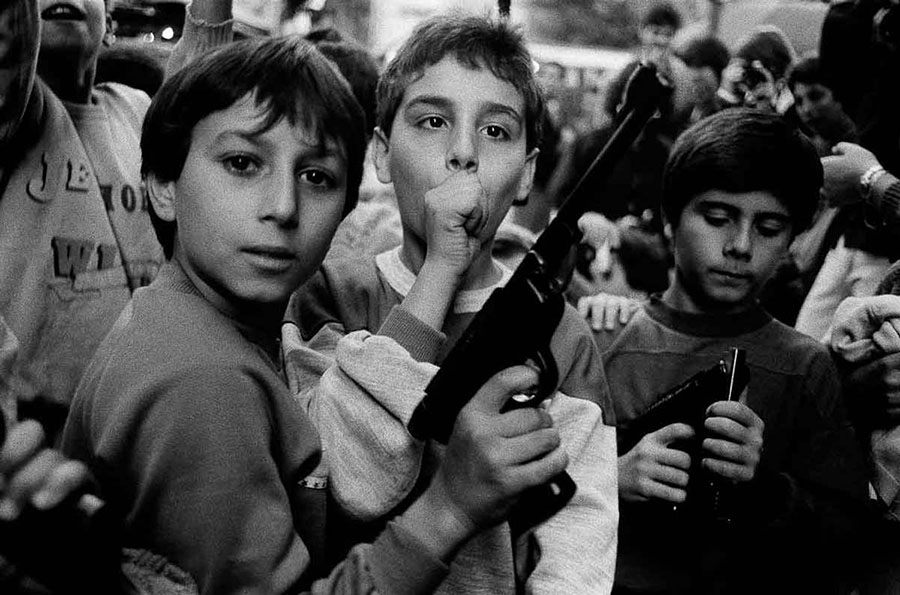
Letizia BattagliaKids at a Day of the Dead festival. Palermo, 1986.
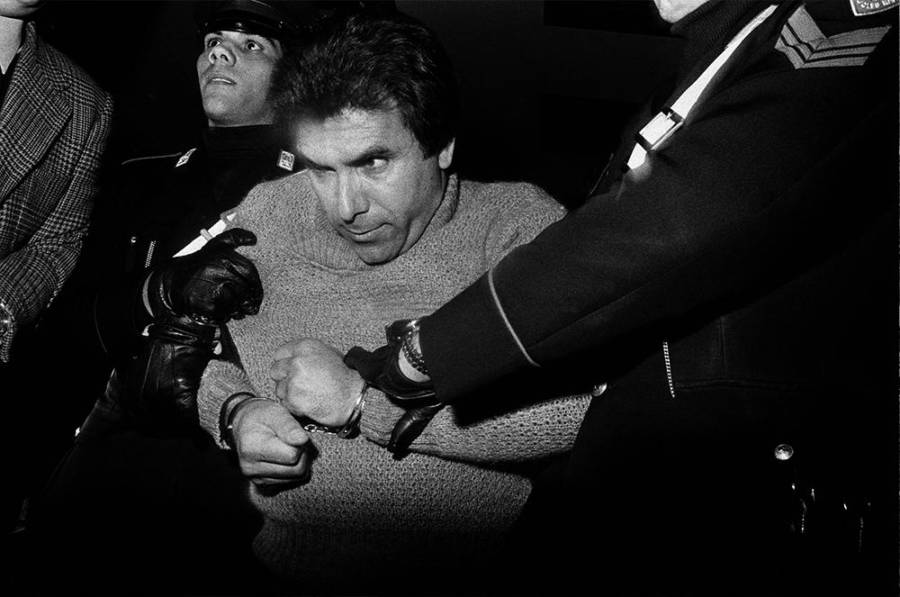
Letizia BattagliaMafia boss Leoluca Bagarella arrested in Palermo, Italy, 1980.





